This story by Tom Ballantyne on the operating environment for low-cost carriers (LCC) in Asia first appeared in the August 2019 edition of Australian Aviation.
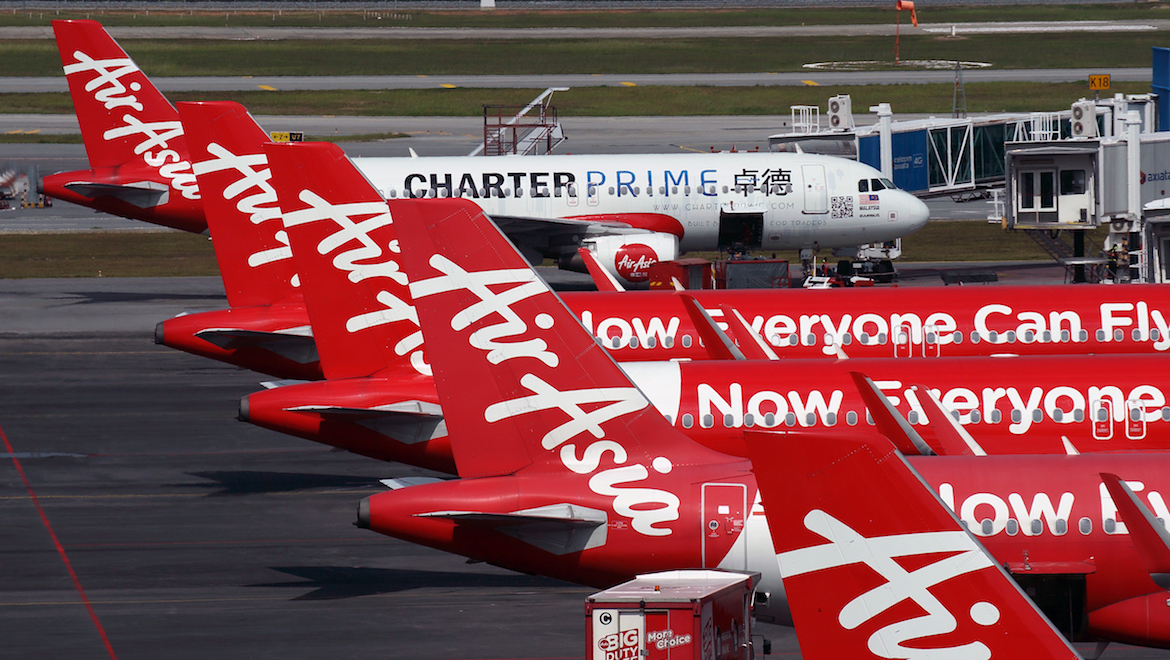
The Asia Pacific’s low-cost airline sector is dominating the region’s skies and aircraft manufacturers’ order books. But their phenomenal growth hasn’t come without turbulence and the next few years could be a test of survival for some.
It may have been the worst prognosis for the prospects of low-cost carriers (LCC) in the Asia Pacific in the past two decades. Back in 2003, speaking at a conference in Singapore, Richard Stirland, a former Cathay Pacific Airways executive and at the time director general of the Association of Asia Pacific Airlines (AAPA), which represents most of the region’s major full-service operators, declared he had no doubts: they didn’t have a future.
His reasoning was that aviation in Asia was different from the US and Europe, where low-cost carriers had already grabbed hold. “In fact, I would suggest that outside of certain domestic markets, there is very little chance of a significant element of traffic in Asia being captured by low-cost carriers… so low-cost airlines will be something we read about rather than worry about,” he said.
There was more. At the time there were already budget operators, the likes of Virgin Blue in Australia, Cebu Pacific in the Philippines and AirAsia in Malaysia, as well as a rash of airlines in Taiwan and Indonesia whose names Stirland said were not worth remembering as they probably won’t be around in 12 months. “And it is my contention that they will never become successful international operators, ever,” he pronounced.
History, of course, tells a different tale. Not only have budgeteers proliferated, they have come to dominate many of the region’s domestic markets and they are increasingly capturing a larger share of international traffic as well as venturing more and more onto long-haul routes, many with ambitious plans to strike into Europe and North America.
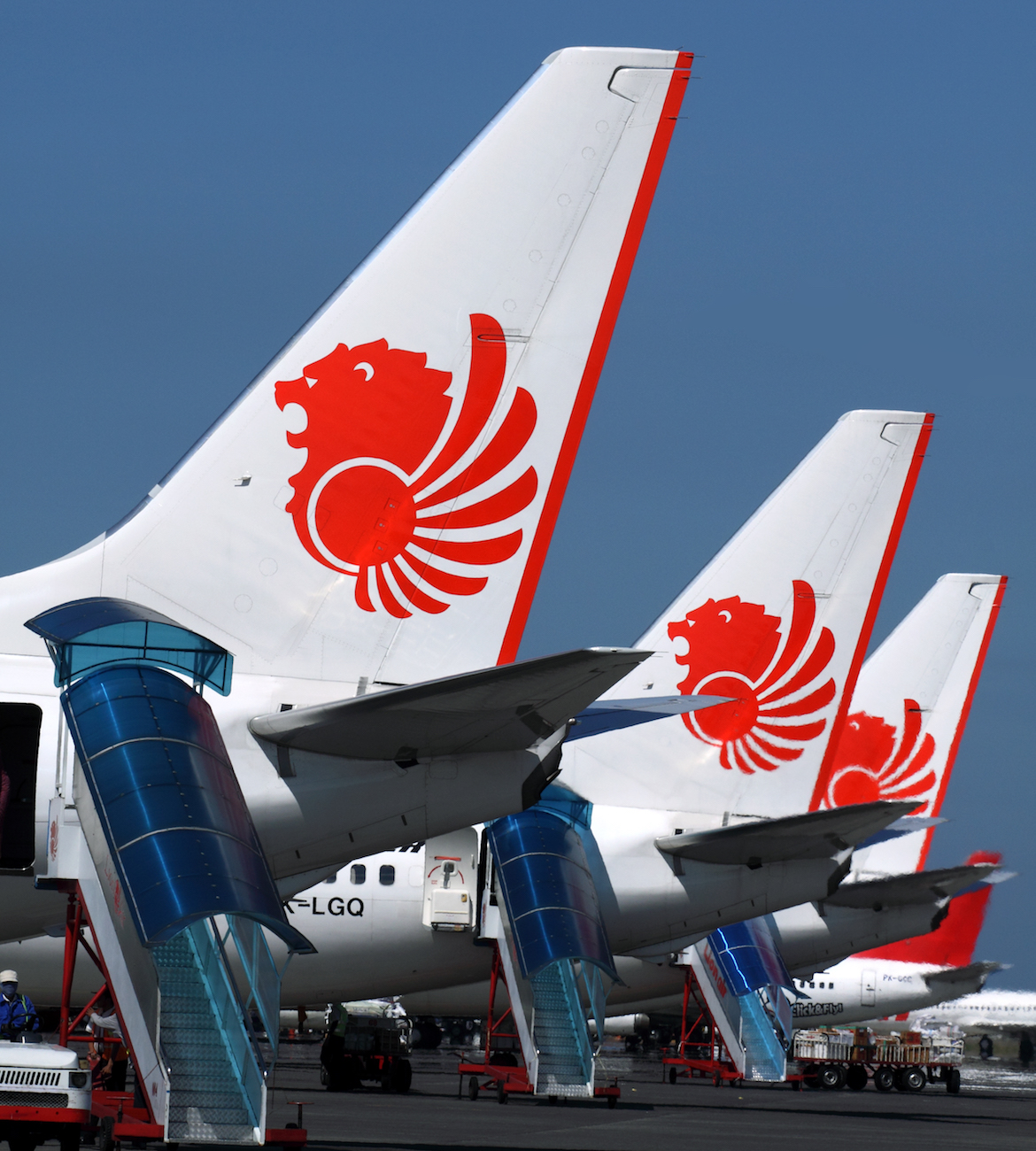
The statistics reveal an unprecedented growth path for the more than 50 low-cost carriers that now operate in Asia. LCC capacity in the region has more than quadrupled over the past decade: they flew nearly 600 million seats within Asia Pacific in 2018, compared to approximately 130 million seats in 2008.
According to Sydney-based CAPA – Centre for Aviation and aviation data provider OAG, low-cost carriers accounted for 29 per cent of all seat capacity within Asia Pacific last year. In 1998 it was virtually zero and in 2008 just 14 per cent.
They now account for more than 50 per cent of domestic capacity in seven Asian markets and more than 30 per cent of international capacity in six Asian markets. In Thailand low-cost carriers hold 72 per cent domestic marketshare and 32 per cent of international business. In the Philippines they have a 64 per cent domestic and 32 per cent international share.
In Indonesia they have 53 per cent domestic and 40 per cent international share. In India, the domestic market share of low-cost carriers is now 70 per cent and in the international marketplace 23 per cent.
Even in Japan, a late starter in the budget airline flying business, LCC penetration domestically has grown from six per cent in 2008 to 17 per cent today, with international penetration rising from zero to 26 per cent.
If anyone believes these stunning growth rates are set to moderate they should think again. The order books of Boeing and Airbus are bulging with deals involving Asian low-cost carriers. Almost half of the world’s LCC orders are in the Asia Pacific region. The latest annual 20-year forecast from Boeing – it says the predictions are “conservative” – points to a tripling of the aircraft fleet in the Asia Pacific by 2034.
The company’s vice president of marketing Randy Tinseth said much of that growth will be driven by low-cost carriers in Asia that were already expanding passenger numbers at an average annual rate of 24.5 per cent.
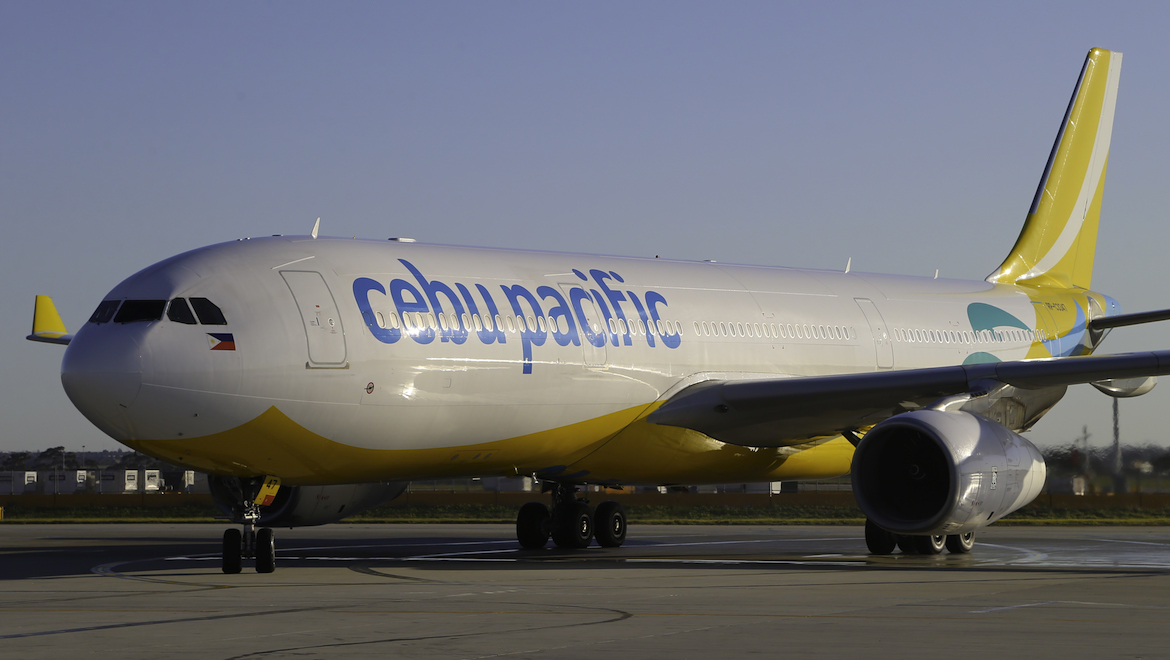
The total Asia Pacific fleet currently stands at 9,700 aircraft and 800 more are scheduled for delivery this year, 80 per cent of them to four major LCC groups. Indonesia’s Lion Air has 444 jets on order, including eight widebodies. India’s IndiGo has ordered 399 single-aisle planes. Malaysia’s AirAsia has 375 single-aisles on order and ambitious Vietjet has ordered 316 single-aisles.
The orders keep rolling in from around the region.
During United States President Donald Trump’s visit to Vietnam in February for his summit with North Korea’s Kim Jong-un, Vietjet – famed for its bikini-clad air hostesses – signed an agreement for 100 more Boeing 737 jets worth A$17.8 billion, along with training and support contracts.
Another Vietnamese carrier, Bamboo Airlines, which only made its inaugural flight in January, also signed up with Boeing for 10 787 Dreamliners. It has eyes on the US West Coast and Europe, as does VietJet.
In November, South Korea’s biggest LCC, Jeju Air, placed an order for up to 50 737 MAX 8 aircraft, the largest order ever from any South Korean carrier, worth $8.3 billion at list prices.
While the MAX is currently under a cloud few customers have as yet actually cancelled their orders and it is expected to return to the skies later this year.
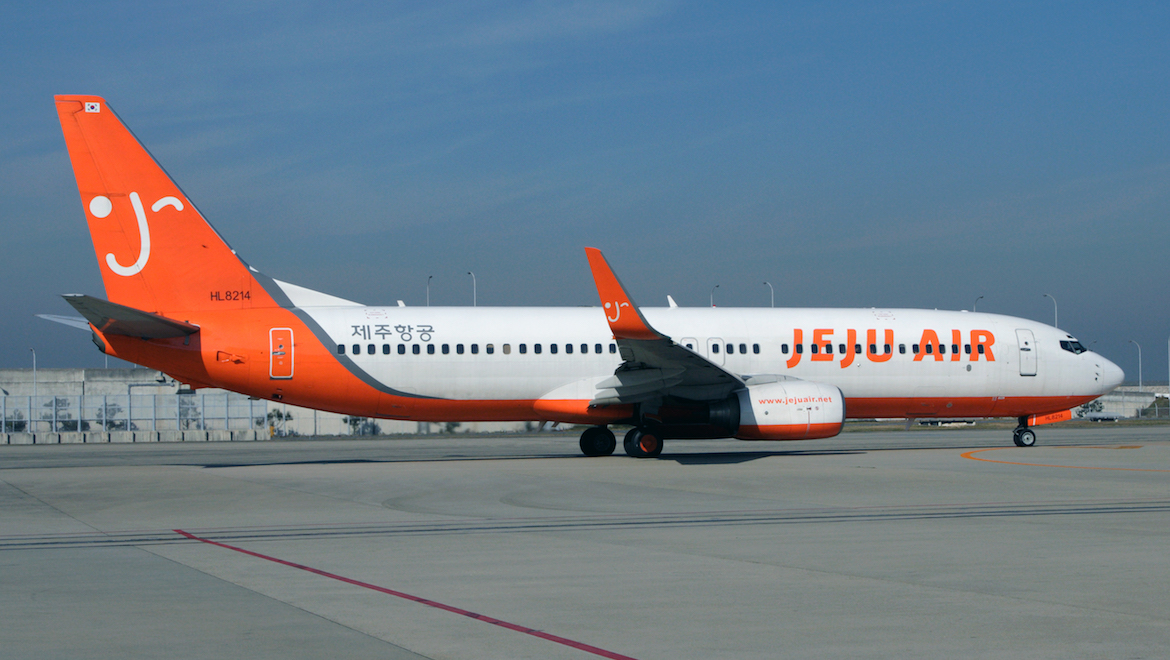
It would, however, be a mistake to think of all this as a sign of a future bonanza for Asia’s LCCs. The plight of legacy airlines – the likes of Malaysia Airlines, Thai Airways International, Garuda Indonesia and Cathay Pacific Airways – struggling to make profits in the face of intense LCC competition as well as the overpowering influence of Gulf and Chinese carriers, has been well documented. But low-cost carriers too are struggling.
AirAsia Group reported a net loss of $135.9 million in its latest fourth quarter, its first quarterly loss in more than three years as higher fuel prices and operating lease costs dented income. Its long-haul budget arm, AirAsia X, also posted a net loss in the October-December period of $34.2 million, extending its losing streak for a third straight quarter on higher fuel cost and increased finance expenses. For the full year, it recorded a hefty loss of $107.6 million.
India is the perfect example of how tough conditions are. With full-service players such as Air India in a perilous state and Jet Airways broke and grounded, budget operators are also suffering, despite being in a market that is experiencing monthly increases in domestic traffic in excess of 20 per cent.
Virtually no-one is making money and even the market leader, IndiGo, holding a 40 per cent domestic marketshare, is on its heels. In October it reported a loss of $137.3 million in the three months ended September, its first quarterly loss since listing in November 2015.
The primary problems for the Indian airlines are two-fold: exceptionally high taxes on aviation fuel which makes their fuel bill amongst the highest in the world and vicious bouts of ticket price discounting in a market flooded with capacity, making the economics of operating marginal, to say the least. Fuel costs are particularly important for LCCs. Because of their business model, without the burden of legacy expenses and the cost of providing multiple services to customers, fuel is a much larger component of their overall costs.
One bright spot amidst this has been the performance of the Jetstar carriers in the Asia Pacific – Jetstar domestic in Australia, Jetstar International, Jetstar Asia in Singapore, Jetstar Pacific in Vietnam and Jetstar Japan – which had a record financial performance in Australia in Qantas’s 2018/19 half-year results.
“As well as the record performance at home, our portfolio of Jetstar-branded airlines in Asia was profitable in the half,” declared Qantas Group chief executive Alan Joyce. Part of that, said analysts, was that unlike some of its competitors, Jetstar has taken a rather conservative approach to fleet expansion at all its brands over the past few years.
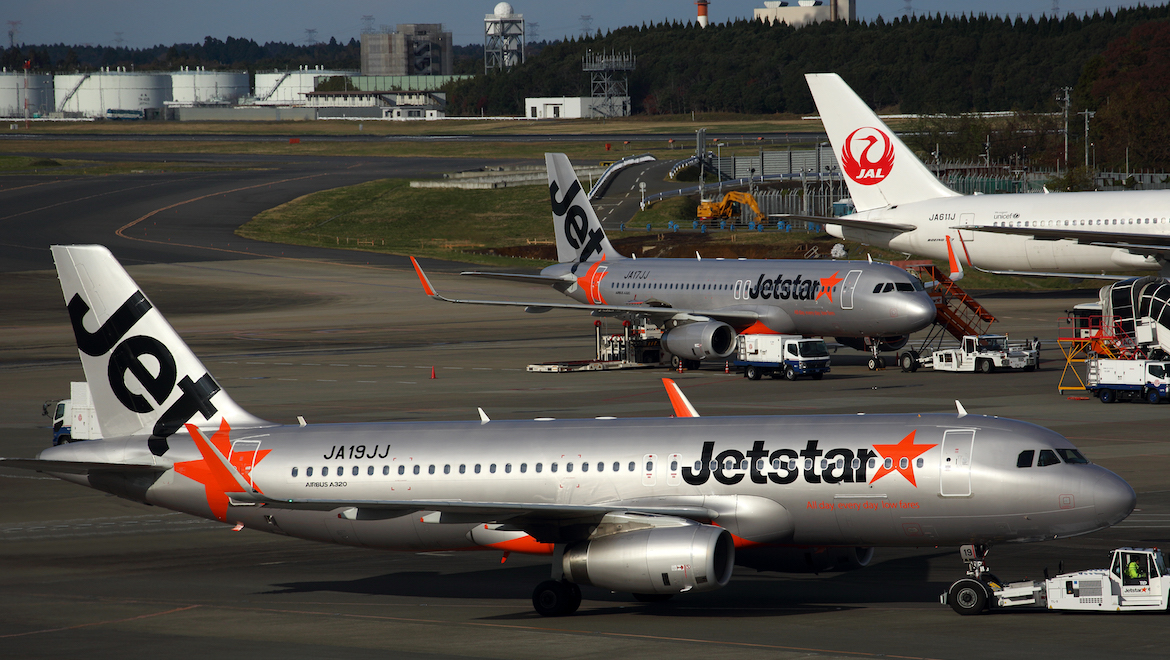
Elsewhere across the region there are two issues that severely threaten the future prosperity of LCCs. The first is an infrastructure shortfall. Major hubs everywhere are bursting at the seams and although billions are being spent on new airports, terminals and runways, many experts question whether these will be completed in time to handle the large number of new jets entering the market. Getting suitable slots is a challenge for everyone and if you do get them airspace congestion causes inflight delays and additional fuel costs.
The second issue is a potential pilot shortage, which is already impacting LCCs. In March, India’s IndiGo cancelled dozens of flights because many of its pilots had exhausted their annual limit on flying hours.
“There’s a real crunch coming,” said Peter Harbison, CAPA executive chairman, at an LCC conference in Singapore. “For new airlines, it’s much, much harder and it’s going to be a real struggle.”
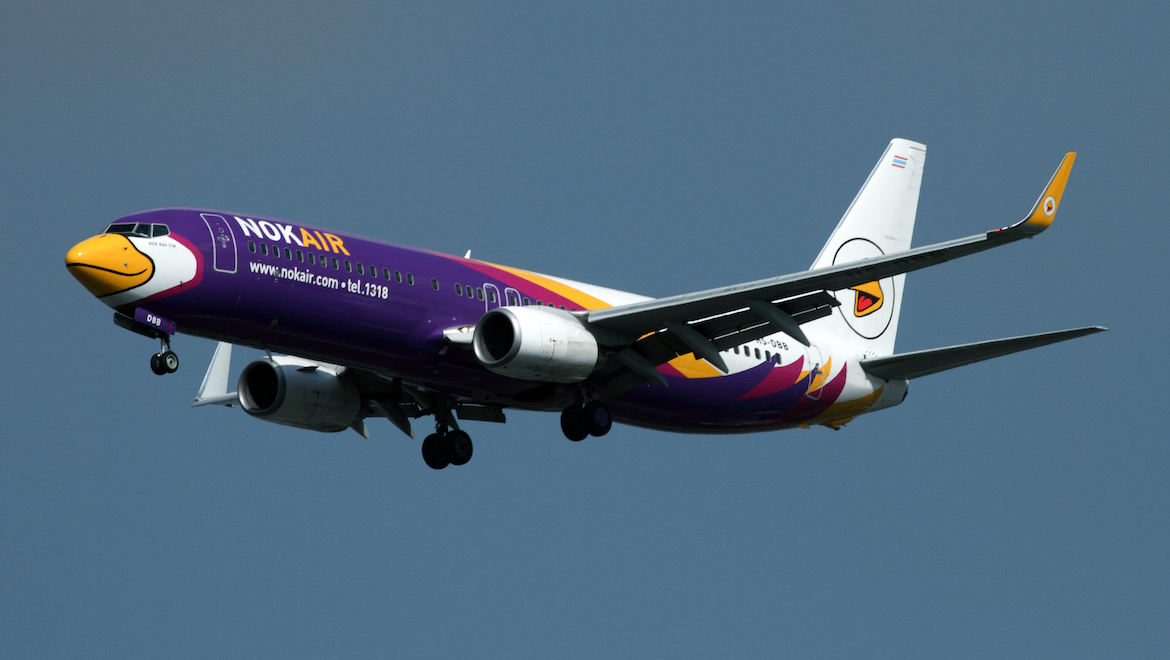
Global traffic is set to double in the next two decades with the biggest increase expected in the Asia Pacific region, where almost four billion passenger journeys are expected, according to the International Air Transport Association.
Boeing forecasts the region needs 16,930 new planes and about 261,000 pilots through 2037. That means the current fleets and the number of pilots will need to double during that period, according to the plane-maker. Aware of the threat, some LCCs have launched their own pilot training academies, including South Korea’s largest budget airline Jeju Air, the AirAsia Group, IndiGo and Indonesia’s Lion Air.
It should be added that unpredictable political issues, such as US-China trade differences, are almost certain to have an impact on market conditions going forward. The LCC market is constantly changing. Indeed, industry insiders no longer generally refer to them as LCCs, but as hybrid airlines.
The budget operators have adapted to market conditions and there are so many different models some can no longer be defined as in the same mould as the likes of Europe’s Ryanair and easyJet.
AirAsia X and Singapore Airlines-owned Scoot, for example, have business class cabins in their long-haul widebody aircraft.
Qantas-controlled Jetstar Asia in Singapore does what was once though not possible, codesharing and partnering with an array of full-service operators from Europe and the Gulf to gain feeder traffic onto its regional routes.
Some LCCs have also forged serious partnerships to extend their reach. The Value Alliance, formed in 2016 and still in its formative stages, includes Jeju Air from Korea, Singapore’s Scoot, Thailand’s Nok Air, Philippines’ Cebu Pacific and Tigerair Australia.
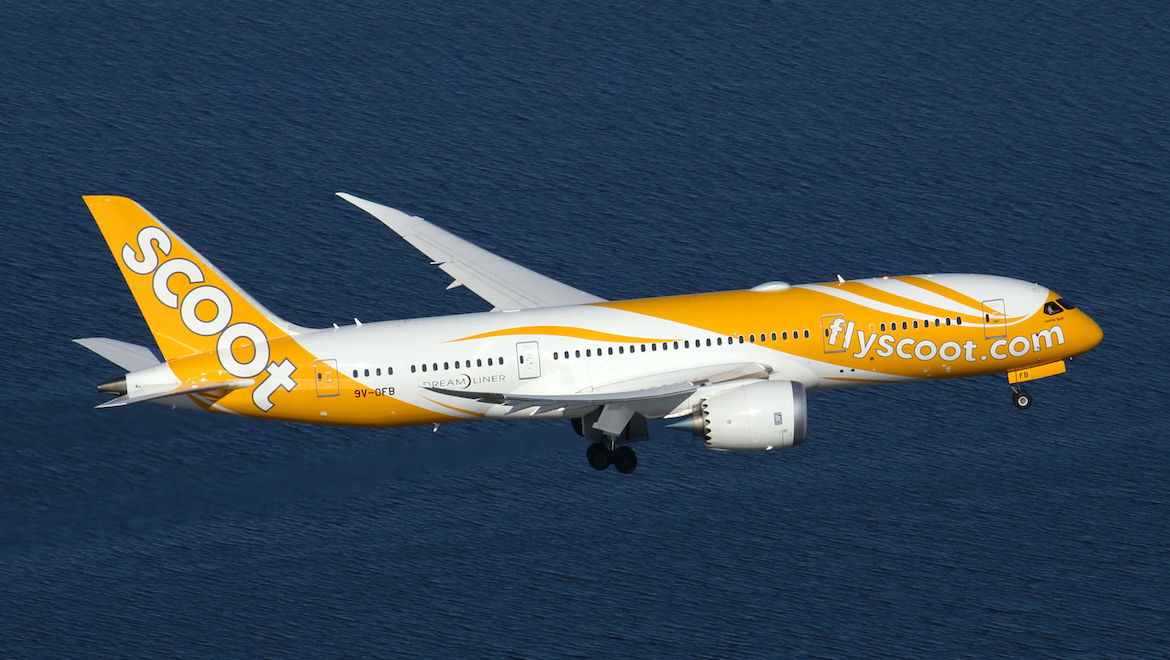
Moving around 92 million passengers a year, it is the fourth largest alliance in the world after the big three, Star, oneworld and SkyTeam. Earlier the same year, four Chinese airlines – HK Express, Lucky Air based in Kunming, Urumqi Air based in the city of the same name in Xinjiang, and Chongqing’s West Air, formed the U-Fly Alliance.
Rapid advances in technology and the arrival of the digital age have also spurred LCCs to take leadership in communicating with their customers, pushing their messages through social media channels and fine-tuning their back-of-the-business operations. And they have become adept at earning revenues from ancillaries – selling onboard meals and refreshments, seat allocations, charging for baggage etc – to the extent it accounts for up
to 30 per cent of some operators’ income.
China remains the sleeping giant in the budget arena. It still has a relatively low LCC penetration rate, accounting for only 10 per cent of seat capacity in the Chinese domestic market. Internationally, the rate is 14 per cent but these shares are expected to grow significantly. Beijing actively encourages expansion of the low-cost sector and what government wants it usually gets.
Regulatory constraints limit the rate of LCC growth in China but slowly LCCs are starting to make inroads. In 2008 LCCs accounted for only two per cent of domestic seat capacity in China.
China has a stronger LCC presence in its international market, driven mainly by foreign airlines. Their 14 per cent share of international seat capacity in China in 2018 compared to only three per cent in 2008.
Chinese low-cost carrier Spring Airlines, base in Shanghai, is currently the main player and is growing rapidly, particularly on regional international routes. Nevertheless, it should be noted that operating as an LCC in China is not always straightforward. Tight government regulations on airlines means that even LCCs have to follow certain rules. There are minimum and maximum levels for airfares, for example, which at least stops them from indulging in the sort of discounting seen in India.
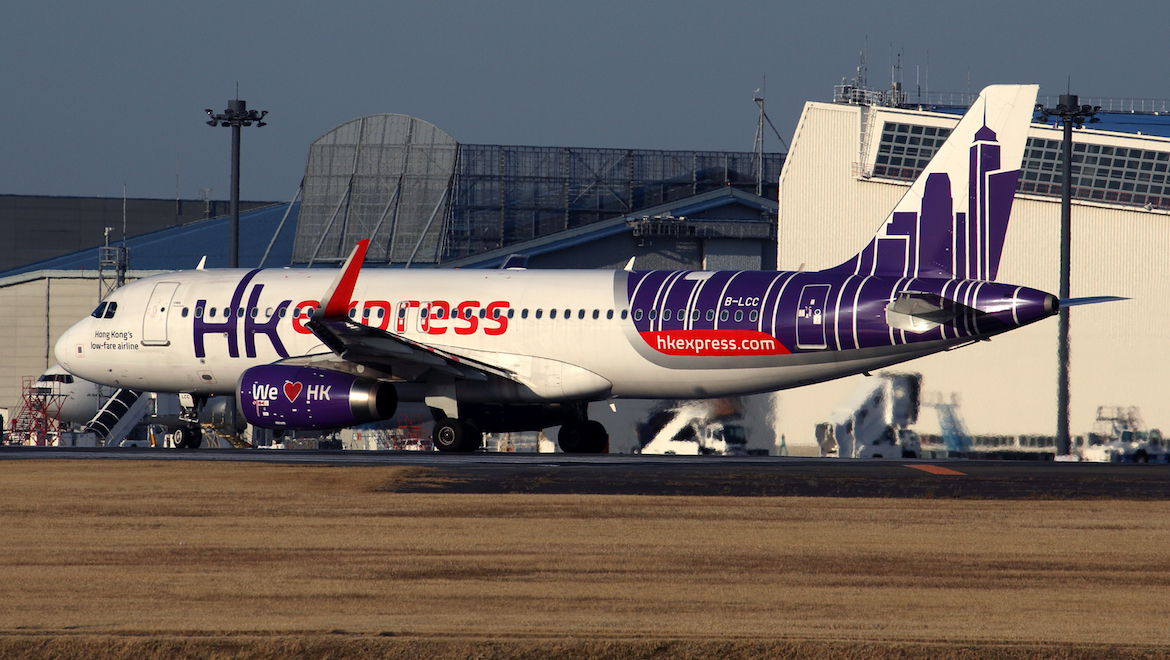
LCCs in China are, however, jumping on the digital bandwagon. For example, in February, Spring Airlines announced it will adopt Airbus’s aviation data platform Skywise Core, becoming the first airline in the Chinese mainland to get connected to the system that aims to help airlines improve operational performance and support their digital transformation. According to the agreement signed between the two, by using Skywise Core, Spring will be able to integrate its own operational, maintenance, and aircraft data into the Skywise cloud-based system so it can store, access, manage, and analyse selected Airbus data together with its own data and global benchmarks without the need for additional infrastructure investment.
China isn’t the only place where government interference can have an impact on LCC operations. In Indonesia, another fast-growing market, President Joko “Jokowi” Widodo in February urged the domestic aviation industry to lower airfares in response to complaints made by the Indonesian Hotels and Restaurants Association (PHRI) about low hotel occupancy rates across the archipelago.
Widodo also called on state-owned oil and gas holding company Pertamina to lower aviation fuel (avtur) prices, which are often blamed for the high cost of flights. It is unlikely Pertamina will comply and lowering ticket prices will put further pressure on margins in a market where profitability is already elusive. this is particularly so given that the Garuda Indonesia Group – comprising Garuda Indonesia, budget Citilink Indonesia, budget Sriwijaya Air and PAN Air – had already announced it had reduced ticket prices by 20 per cent as part of an initiative made by the Indonesia National Air Carrier Association (INACA).
Analysts also expect that LCC penetration will increasingly shape changes in medium to long-haul markets. Just one example is AirAsia X, committed to acquiring 100 A330-900neos for delivery from the fourth quarter of this year to 2028.
AirAsia X already accounts for 34 per cent of the widebody aircraft operated by budget airlines in the region and its order is more than three times the size of its current fleet and larger than the current widebody fleet of all Asia Pacific LCCs combined.
CAPA executive chairman Peter Harbison said a seachange in network planning should be expected, driven by the induction of long-range narrowbody aircraft, which will help open up a significant number of new city pairs.
Harbison said LCCs will lead this seachange “because of their innovation and creativity”, but full-service airlines are expected to adapt quickly to the long-haul narrowbody niche too. After a failed long-haul venture into Europe by AirAsia, which halted services to London and Paris in 2012 citing weak demand and a row over European Union emissions charges, enthusiasm for long-haul budget flying has returned.
Singapore Airlines’ Scoot already flies to Athens and Berlin. Cebu Pacific operates to the Gulf. AirAsia, Cebu Pacific and Korean Air budget subsidiary Jin Air fly to Hawaii. Japan Airlines has joined the throng, launching its own long-haul, low-cost offering ZIPAIR, using 787s and beginning flights during the northern summer schedule of 2020 in time for the Tokyo Olympic Games.
A CAPA report said that long-haul low-cost operations are now well entrenched and progressively developing hybrid models, while retaining the low-cost initiative.
“Until the arrival of the new, larger narrowbody equipment, these were strictly widebody operations, notably with A330s and 787s,” it says. “But over the past two years several LCCs have begun deploying narrowbody aircraft on long-haul routes, driven by the introduction of new generation aircraft and engine technology.”
“In the Asia Pacific regularly scheduled narrowbody LCC routes are generally limited to six hours, although Indonesia’s Lion Air and Garuda subsidiary Citilink have been operating routes to China that are between six and seven hours.
“And Qantas LCC subsidiary Jetstar is to receive 18 A321neoLRs in the next few years. All of these developments have the potential to reshape network planning in the medium-long-haul market – almost to the extent that the Gulf carriers were able to do as very long-haul widebodies arrived in the market in the 1990s.”
Given the volatility of markets, uncertainty over future fuel costs, the increasingly intense competition between a growing number of budget operators with fast-expanding fleets, there is no doubt most will survive but in the view of many analysts there will almost certainly be mergers and probably even failures.
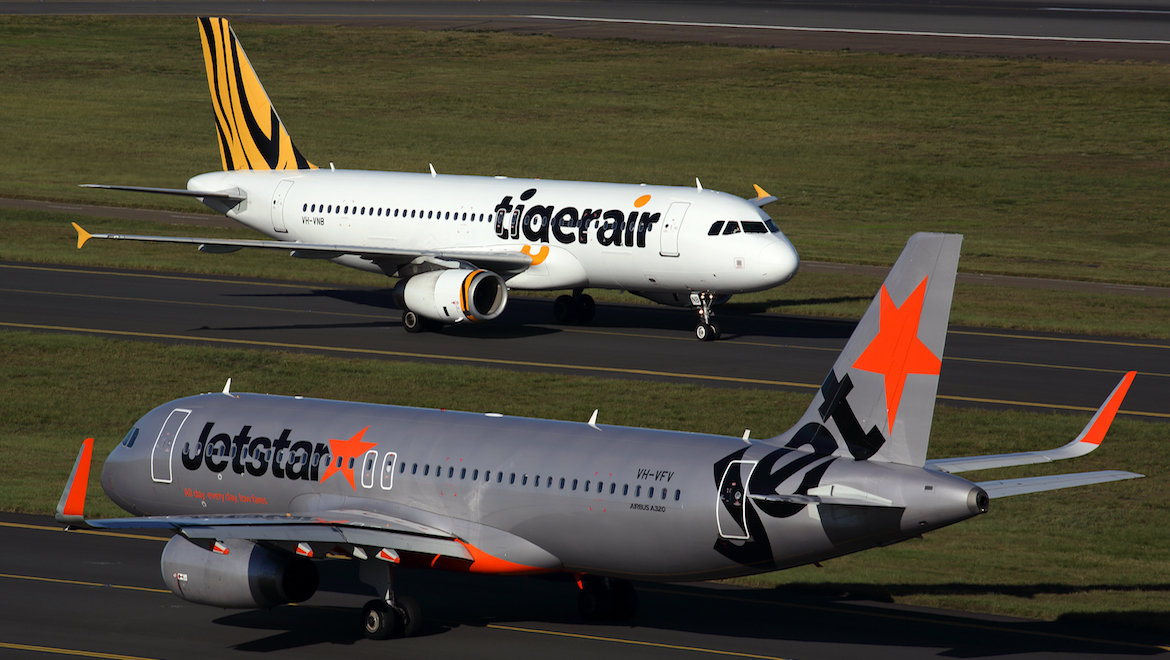
This story first appeared in the August 2019 edition of Australian Aviation. To read more stories like this, subscribe here.










